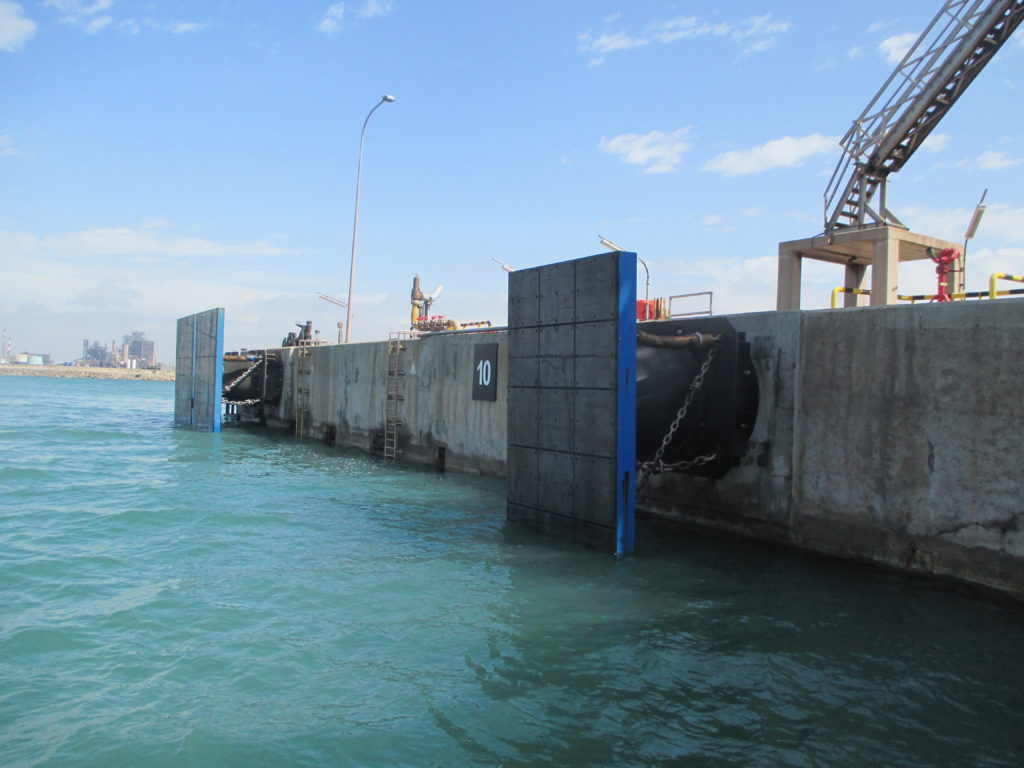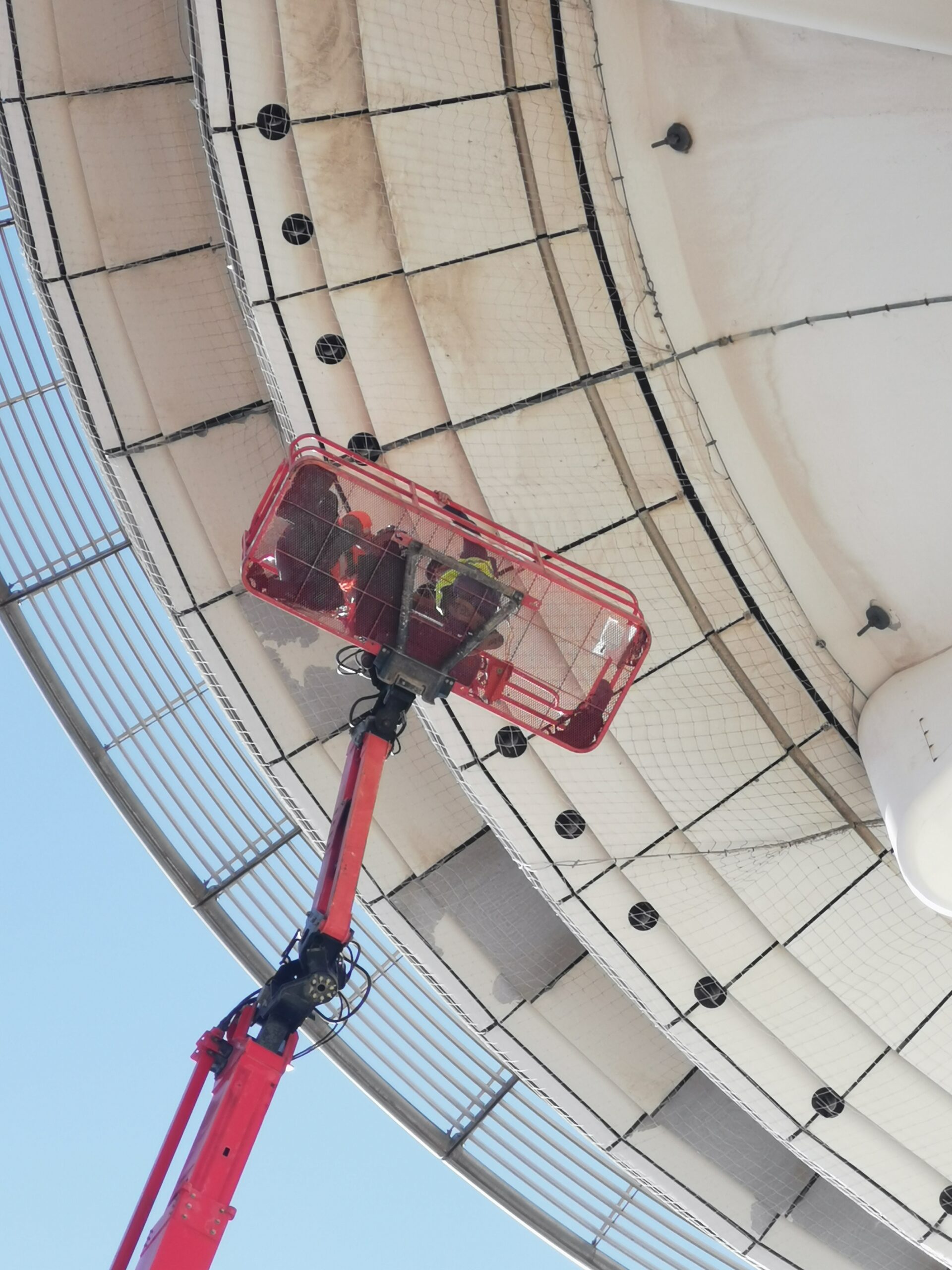Port Infrastructures


The marine setting is a particularly aggressive environment for metals. For example, take the case of sheet piling or a pile in port infrastructure, the same element will go through several completely different environments: the rock into which it is anchored, the sediments – sand or mud – that aggregate at the base, the open water of the marine environment and its composition, the tidal zone, the splash zone and lastly the aerial zone. For each zone traversed, a specific physicochemical composition and for each interface, a specific corrosion zone.
For all projects, A-CORROS implements a rigorous protocol to identify and understand the corrosion pathologies associated with each structure and its environment and also defines the most appropriate corrosion protection strategies employing either active systems (cathodic protection) or passive ones (protective coatings).

Inspection of wharf fenders at a natural gas terminal
On -site diagnostics and expertise
- Visual and photographic inspections : examination of corrosion pathologies, realisation of surveys in collaboration with diving teams.
- Non-destructive measurements (ultrasound and acoustic emission) : measurement of the thickness of the residual metal, measurement of paint thickness, detection and mapping of localised corrosion, real-time monitoring of corrosion.
- Electrochemical measurements : measurement and monitoring of the corrosion potential of submerged structures, measurement of the corrosion rate.
- Control of cathodic protection systems by impressed current or by galvanic anodes (personnel certified by AFNOR, land and seawater sectors, levels 1 and 2).
- Physico-chemical measurements : measurement of temperature, pH, concentration of dissolved oxygen, conductivity and salinity.
- Sampling for chemical analysis (metal composition, corrosion products) and for mechanical testing (hardness, tensile strength and fatigue resistance).
Laboratoy analysis
In collaboration with the LERM in Arles
- Microstructure and metallographic analysis : sample preparation, polishing, chemical etching, examination by stereoscopic microscope and by optical and electron microscopy.
- Characterisation of metals : spark spectrometry, X-ray fluorescence, mechanical testing, weldability studies.
- Chemical characterisation of corrosions products : X-ray adsorption spectrometry, X-ray diffraction, analysis of trace elements by ICP.
- Electrochemical measurements : polarisation curves, impedancemetry, polarisation resistance (corrosion rate).
Study / systhesis
- Studies : Recommendations, assistance with drafting specific technical clauses, recommendations concerning protective coatings (personnel certified anticorrosion inspector ACQPA/FROSIO Level III), dimensioning of cathodic protection systems using impressed currents or galvanic anodes (personnel certified by AFNOR, land and seawater sectors level 3, cement level 2).
- Synthesis : intervention reports, summary notes, bibliographic studies, scientific and technical publications.
Training
In the context of continuing education or professional training : corrosion of buried or submerged metallic structures, corrosion of port and naval infrastructures, diagnostic techniques in the fields of cultural heritage and port infrastructure, cathodic protection and its applications.
Research and development
As part of the diagnosis and cathodic protection of submerged structures and metal shipwrecks, A-CORROS has created the ‘Triton’, a submersible electrochemical potential meter.
They have placed their trust in us





